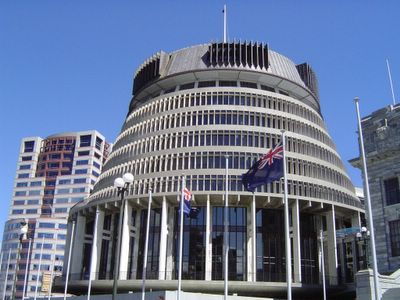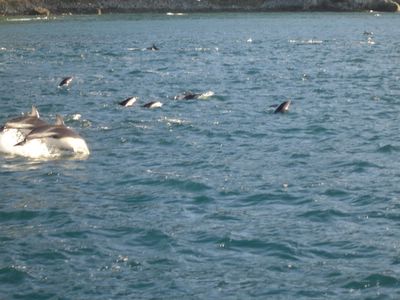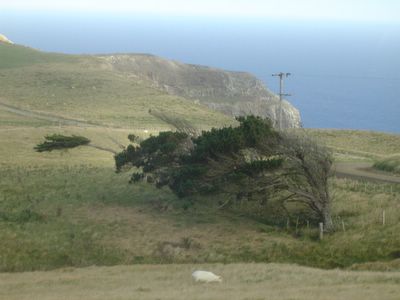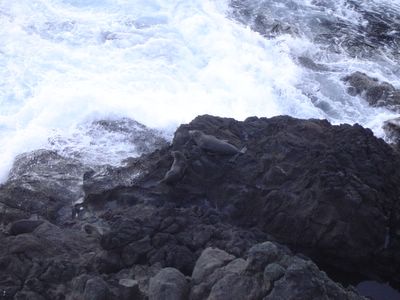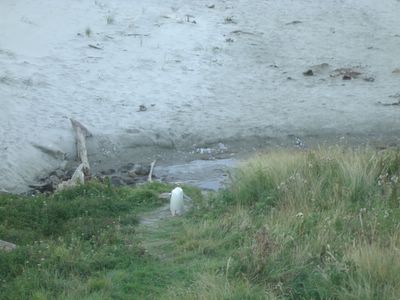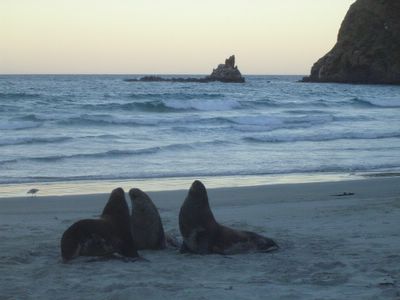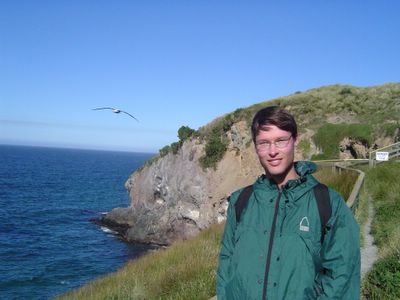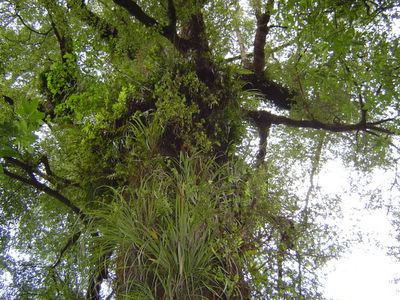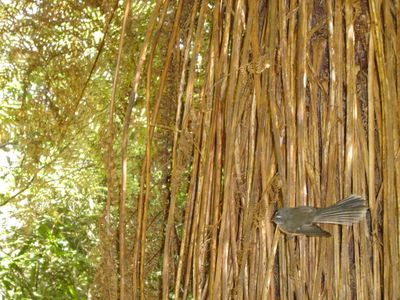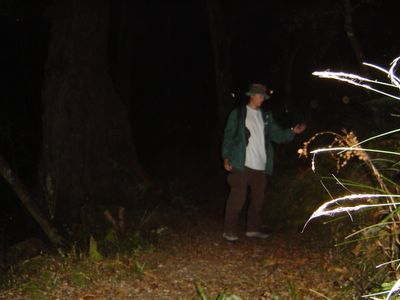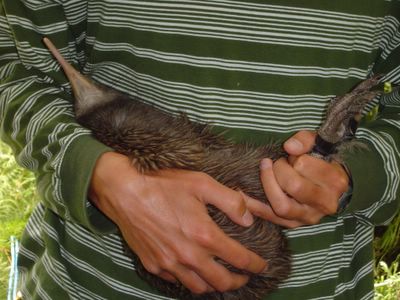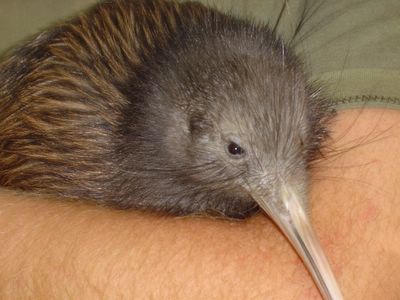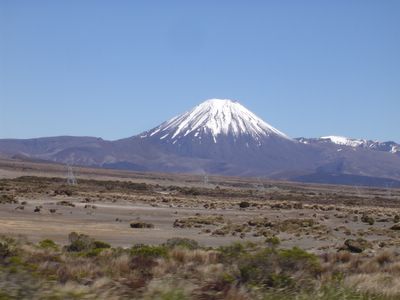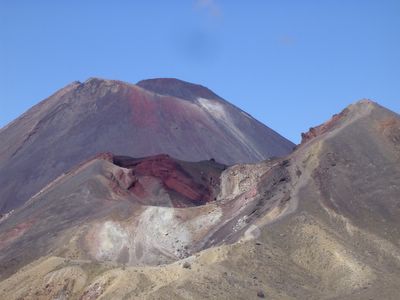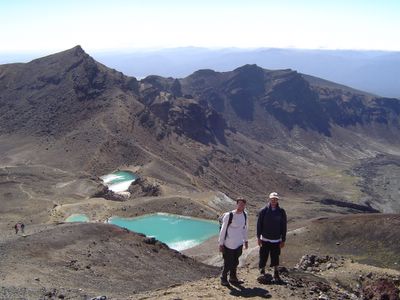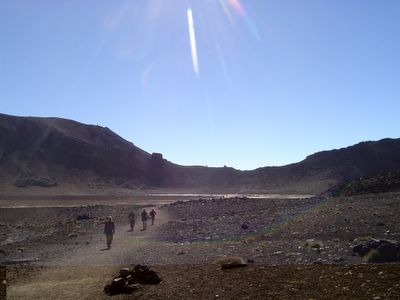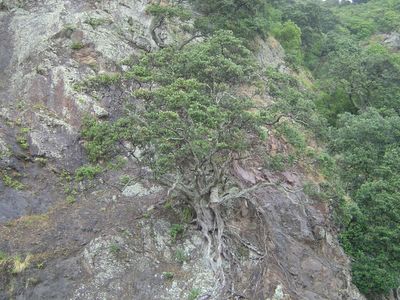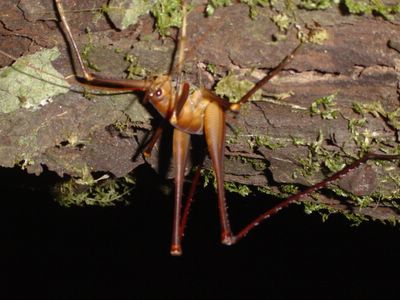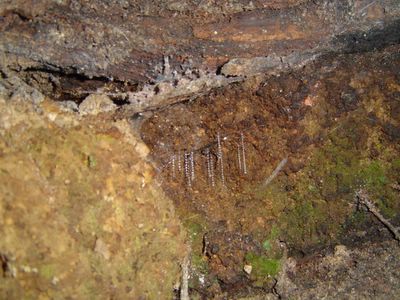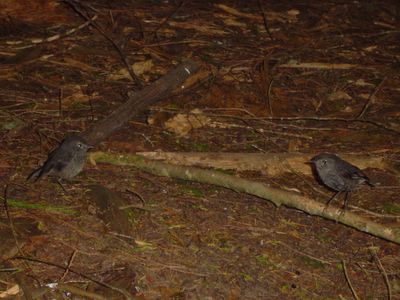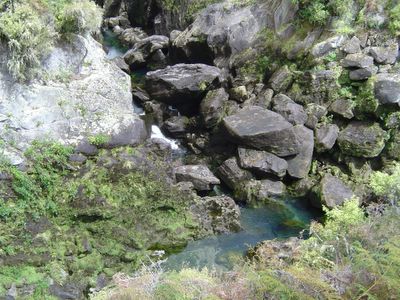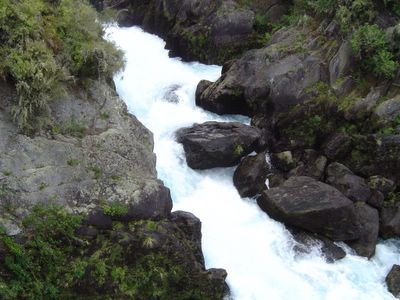I visited the Parliment, both taking a tour, and sitting in the gallery while Parliment was in session. The executive building is known as the "Beehive" because it is this funny rounded building. Directly next to it is the actual Parliment building. The building is "Edwardian Neoclassical" whatever that means. It is a pleasant grey marbley building, but not nearly on the scale of the US Capitol. The debating floor is a rectangle with 120 small desks crammed into the space. While I was there, they were discussing educational testing standards, which has been an ongoing scandel here, plus the 18 month sentance of that Indonesian terrorist, and a new "core benefit" (welfare) plan that is supposed to simplify payments.
Since all questions have to be put to cabinet members, the government (Labour Party,Greens, and Maori Party) gets to control most of the action. Therefore, the opposition (National, NZ First, ACT) mostly just yells and jeers the whole time, since they don't get to make speeches. It was quite entertaining. The PM, Helen Clark was there and I also saw the Rastafarian MP. Security here is a lot more relaxed than the US, although there are metal detectors. I saw Helen walking through the halls before the session, and the guards seemed unarmed.
Perhaps the most interesting bit was to here about the committee meetings. Apparently, that is where a lot of work gets done. The guide said that anyone has the right to address the committees. Obviously, in the US, you have to be invited, but he made it sound like all you have to do to get in here is ask. There is no age limit and you do not even have to be a citizen. There must be more limits if the committee is discussing national security, but it is still an intriguing system.
One last tidbit is that the Parliment is only 400 meters from a major fault line, so the entire building rests of a few hundred lead and rubber pedestals that will dampen any earthquakes.

